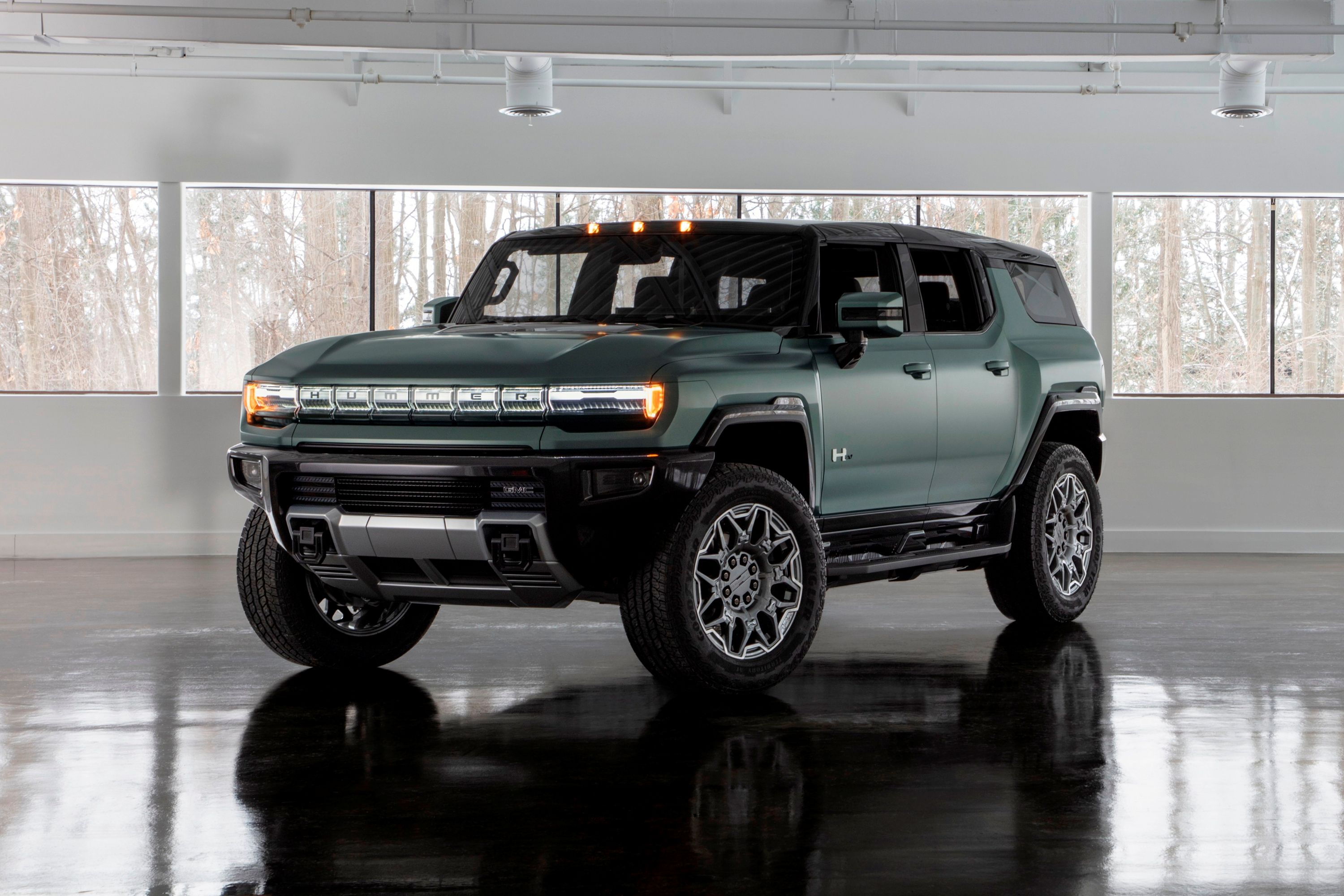
Current rechargeable EV battery packs are engineered to be able to withstand plenty of abuse: thousands of discharge/recharge cycles, extreme ambient temperatures at both ends of the scale - in essence, all the things the typical consumer might expect from their gas-powered vehicle. But apart from the total driving range and typical recharge time, one of the biggest limitations facing the EV battery is longevity, with packs often effectively losing their ability to hold a charge after 100,000 to 200,000 miles.
Now, General Motors says it's getting very close to an EV battery capable of lasting a million miles, and it could thrust the automaker to the fore in the electric vehicle space.
Speaking at an investor conference held online, GM Executive Vice President Doug Parks said that the automaker is already working on battery tech more advanced than what will appear in the "Ultium" battery packs that will power its next generation of EVs, per Reuters. Unveiled in March alongside the chassis for the upcoming GMC Hummer EV, those Ultium batteries are aiming to cross the $100-per-kWh cost threshold, which might enable EVs to reach price parity with their gas-powered counterparts.
But "multiple teams" at General Motors have already started working on developing batteries with zero-cobalt electrodes, solid-state electrolytes, and ultra-fast-charging capabilities.
Each one of those targets could play a crucial role in making EVs more tenable for a majority of US motorists. Cobalt is a relatively expensive material, and the subject of a multitude of health and environmental concerns. Solid-state electrodes, assuming they can be made ready for production, might lead to enhanced battery cell stability for longer lifespans and improved safety. Faster charging could help mitigate one of the chief complaints among EV critics, which is that refueling takes up too much time for electric vehicles to be practical on long trips.
General Motors is gearing up to sell a total of one million or more pure-electric vehicles in the year 2025 between the US and Chinese markets. That's a lofty goal, to be sure, but one that could put the US automaker in an enviable position as more of the world pivots to alternative propulsion.
